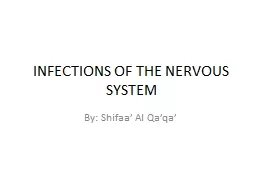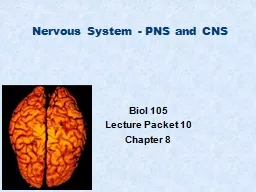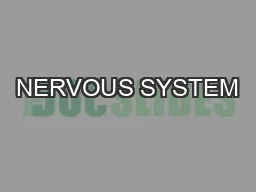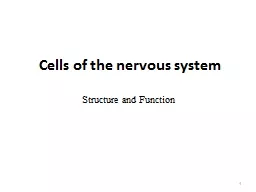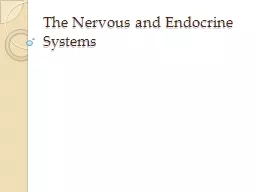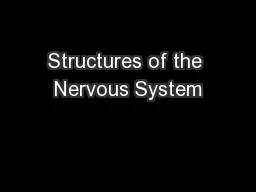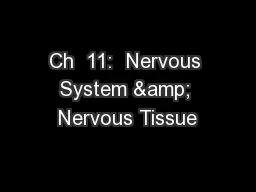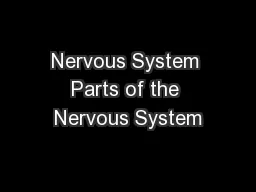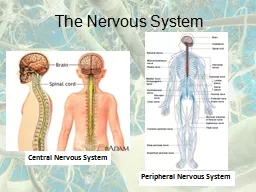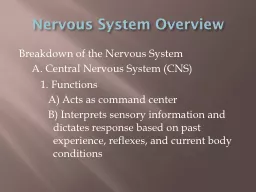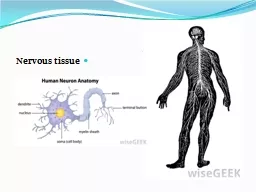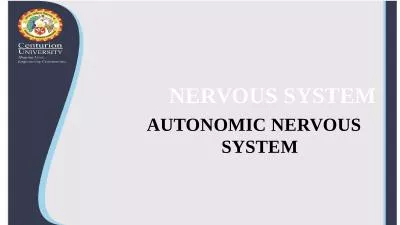PPT-INFECTIONS OF THE NERVOUS
Author : SultrySiren | Published Date : 2022-08-01
SYSTEM By Shifaa Al Qaqa Infectious agents may reach the nervous system through several routes of entry Hematogenous spread mc Direct implantation Local extension
Presentation Embed Code
Download Presentation
Download Presentation The PPT/PDF document "INFECTIONS OF THE NERVOUS" is the property of its rightful owner. Permission is granted to download and print the materials on this website for personal, non-commercial use only, and to display it on your personal computer provided you do not modify the materials and that you retain all copyright notices contained in the materials. By downloading content from our website, you accept the terms of this agreement.
INFECTIONS OF THE NERVOUS: Transcript
Download Rules Of Document
"INFECTIONS OF THE NERVOUS"The content belongs to its owner. You may download and print it for personal use, without modification, and keep all copyright notices. By downloading, you agree to these terms.
Related Documents

